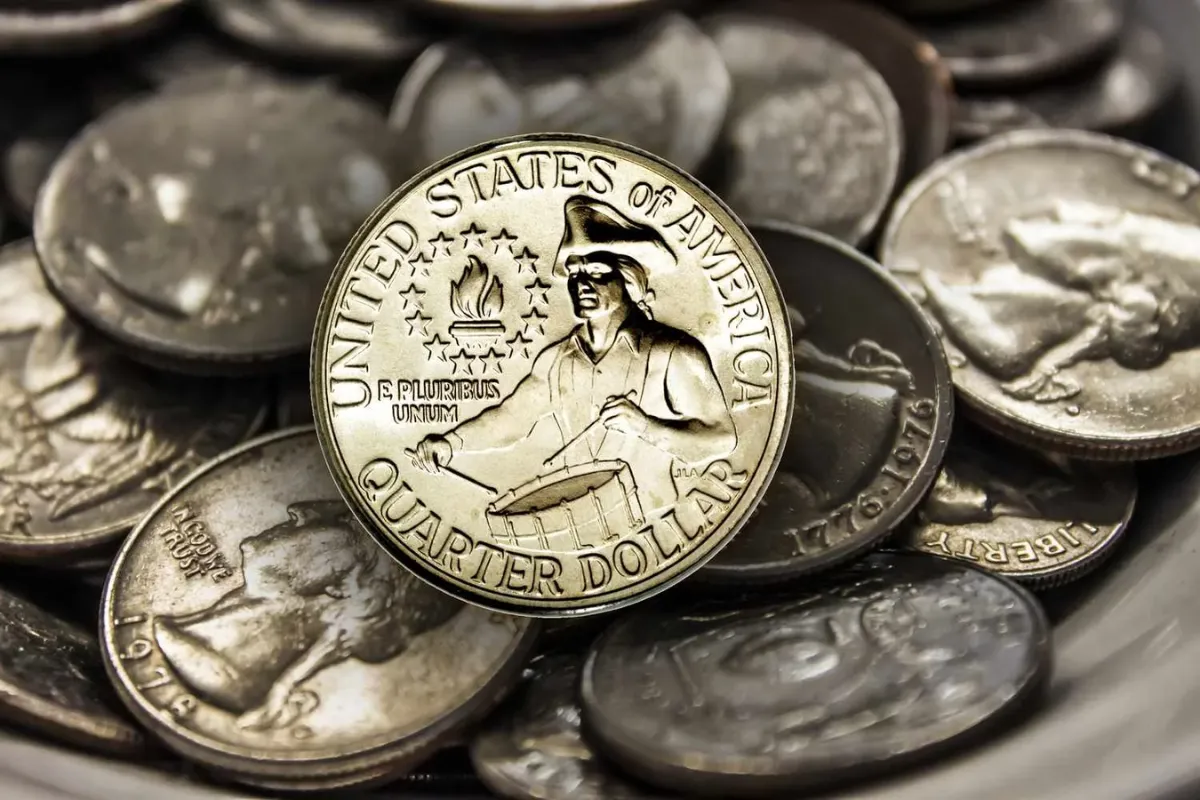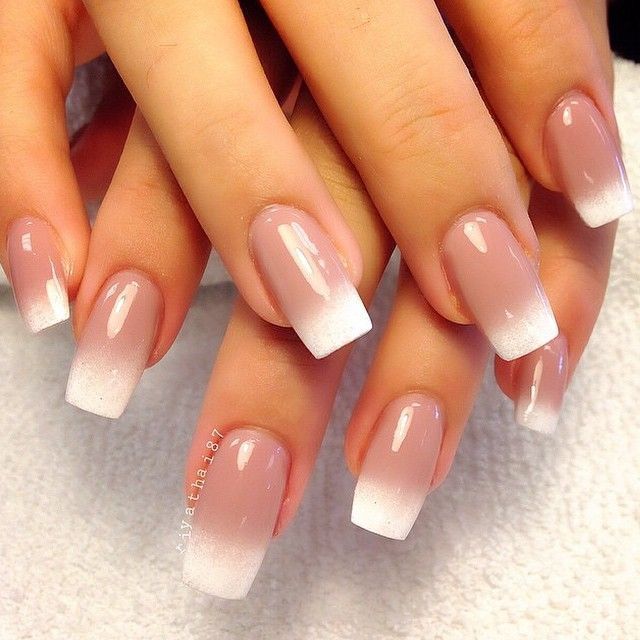The United States Bicentennial was a monumental event, celebrating the 200th anniversary of the country’s independence.
To commemorate this occasion, special designs were introduced for the quarter, half-dollar, and dollar coins in 1976.
Among these, the Bicentennial quarters have garnered significant attention from collectors due to their unique designs and historical significance.
While many of these quarters are common and easily accessible, certain rare varieties have become highly sought after, with some fetching impressive prices at auctions.
This article delves into the rarest and most valuable Bicentennial quarters, exploring what makes them unique and why collectors are willing to pay substantial sums for them.
1. The 1976-S Silver Proof Bicentennial Quarter
The 1976-S Silver Proof Bicentennial quarter is one of the most coveted coins among collectors.
Struck in 40% silver, this coin was part of a special three-coin proof set that also included the half-dollar and dollar coins.
What sets the 1976-S Silver Proof quarter apart is its composition and the mirror-like finish that results from the proof striking process.
These coins were minted in San Francisco and bear the “S” mintmark.
In terms of rarity, the 1976-S Silver Proof quarters are relatively limited in number compared to their clad counterparts.
Only around 4 million of these coins were produced, making them less common and more desirable.
Additionally, their silver content adds intrinsic value, making them appealing not just to numismatists but also to investors in precious metals.
High-grade examples, particularly those graded PR70DCAM (Deep Cameo) by professional grading services, can command significant premiums.
The flawless condition and exceptional eye appeal of these coins make them a centerpiece in any collection of Bicentennial memorabilia.
2. The 1976-D Bicentennial Quarter (High Grade)
While the Denver-minted 1976-D Bicentennial quarters are quite common, high-grade examples can be incredibly valuable.
Coins minted in Denver bear the “D” mintmark and were produced in large quantities for general circulation.
However, finding a 1976-D Bicentennial quarter in pristine condition is a challenge.
Most of these coins have seen extensive circulation, leading to wear and tear.
The rarity and value of a high-grade 1976-D quarter come from its condition.
Coins that have been well-preserved, showing no signs of wear and maintaining their original luster, are extremely rare.
These coins are often graded MS67 or higher by professional grading services.
The combination of historical significance, unique design, and exceptional condition makes high-grade 1976-D Bicentennial quarters highly desirable among collectors.
Some of these coins have fetched prices upwards of several thousand dollars at auction, reflecting the premium that collectors are willing to pay for top-quality examples.
3. The 1976-S Clad Proof Bicentennial Quarter

Another valuable variant of the Bicentennial quarter is the 1976-S Clad Proof.
Unlike the silver proof versions, these coins were struck in the standard copper-nickel clad composition.
Despite this, they share the same mirror-like finish and sharp details characteristic of proof coins.
The 1976-S Clad Proof quarters were also minted in San Francisco and bear the “S” mintmark.
These coins are distinguished by their high-quality strike and pristine condition.
While they are more common than the silver proofs, high-grade examples, particularly those graded PR70DCAM, can still command significant premiums.
The challenge lies in finding coins that have been perfectly preserved, free from any blemishes or imperfections.
The combination of the proof finish, historical significance, and the challenge of obtaining a perfect grade make the 1976-S Clad Proof Bicentennial quarter a valuable addition to any collection.
4. The 1976 No Mintmark Bicentennial Quarter
One of the rarest and most intriguing varieties of the Bicentennial quarter is the 1976 No Mintmark quarter.
Most Bicentennial quarters bear a mintmark indicating where they were produced – “D” for Denver, “S” for San Francisco, or no mintmark for Philadelphia.
However, a small number of 1976 quarters were struck without a mintmark, making them a significant rarity.
The absence of a mintmark on these coins makes them stand out and adds to their appeal among collectors.
The exact reason for the missing mintmark remains a subject of speculation, but it is believed that it was an error during the minting process.
These no mintmark quarters are highly sought after, with their rarity and unique status contributing to their value.
High-grade examples of the 1976 No Mintmark Bicentennial quarter are exceptionally scarce and can fetch impressive prices at auctions, making them a prized possession for any serious collector.
5. The 1976-S Silver Uncirculated Bicentennial Quarter
Similar to the 1976-S Silver Proof, the 1976-S Silver Uncirculated Bicentennial quarter is another sought-after coin.
These quarters were struck in 40% silver and were included in special uncirculated sets offered by the U.S. Mint.
Unlike proof coins, uncirculated coins have a more matte finish but are still of higher quality than standard circulation strikes.
The 1976-S Silver Uncirculated quarters are valued for their silver content and their condition.
As they were not intended for general circulation, these coins often remain in pristine condition, free from the wear and tear typical of circulated coins.
Collectors prize these coins for their combination of historical significance, unique design, and intrinsic silver value.
High-grade examples, particularly those graded MS67 or higher, can achieve substantial premiums at auction, reflecting their desirability and rarity.
6. The 1976-D Double Die Obverse Bicentennial Quarter

The 1976-D Double Die Obverse (DDO) Bicentennial quarter is a notable error coin that has captivated collectors.
Double die errors occur when the coin’s design is struck more than once with a slight misalignment, resulting in a doubling effect on the coin’s surface.
In the case of the 1976-D Bicentennial quarter, the doubling is most evident on the obverse side, particularly in the inscriptions “LIBERTY” and the date.
These error coins are relatively rare and highly sought after due to their unique appearance and the difficulty in finding them.
The 1976-D DDO quarters attract a premium, especially in higher grades where the doubling is more pronounced and the coin’s condition is well-preserved.
Collectors value these coins not only for their rarity but also for the intriguing story they tell about the minting process and the challenges of quality control.
High-grade examples of the 1976-D DDO Bicentennial quarter can command significant prices at auction, making them a valuable addition to any error coin collection.
7. The 1976 Bicentennial Quarter Patterns
Pattern coins are prototype coins that are struck to test a new design or concept before full-scale production.
The Bicentennial quarter patterns are some of the rarest and most fascinating pieces related to the Bicentennial series.
These patterns were produced in very limited quantities and were not intended for public release.
They feature different design elements and compositions, providing a glimpse into the design process and experimentation at the U.S. Mint.
Among the Bicentennial quarter patterns, some were struck in different metals, such as aluminum, copper, and nickel.
These coins are extremely rare, with only a handful known to exist. Their rarity and unique status make them highly valuable to collectors.
The historical significance of these pattern coins, combined with their scarcity, can result in substantial prices at auction.
Collectors who are fortunate enough to acquire a Bicentennial quarter pattern possess a true piece of numismatic history, reflecting the creativity and innovation of the U.S. Mint during the Bicentennial era.
8. The 1976 Bicentennial Quarter Error Coins
Error coins have always fascinated collectors due to their unique and often unintended characteristics.
The 1976 Bicentennial quarters are no exception, with a variety of error coins that have captured the interest of numismatists.
These errors can include off-center strikes, clipped planchets, and incorrect metal compositions, among others.
Each type of error adds a distinct layer of rarity and appeal to the Bicentennial quarters.
For example, off-center strikes result in a portion of the design being missing, creating a visually striking error.
Clipped planchets occur when a portion of the coin’s edge is missing, while incorrect metal compositions can result in a coin being struck on a planchet intended for a different denomination or series.
These error coins are typically one-of-a-kind or produced in very limited numbers, making them highly sought after by collectors.
The unique nature of each error coin, coupled with the historical significance of the Bicentennial series, can lead to impressive auction prices, reflecting their rarity and the intrigue they hold for collectors.
Other Stories You May Like
Conclusion
The Bicentennial quarters are a remarkable series of coins that commemorate a pivotal moment in American history.
While many of these coins are common and readily available, certain rare and valuable varieties have captured the attention of collectors and investors alike.
From silver proofs to error coins and pattern pieces, the diversity of rare Bicentennial quarters offers something for every collector.
The combination of historical significance, unique designs, and varying degrees of rarity makes these coins a fascinating and rewarding area of numismatics.
Whether you are a seasoned collector or a newcomer to the hobby, the pursuit of these rare and valuable Bicentennial quarters provides an exciting journey through American history and the art of coin collecting.





















